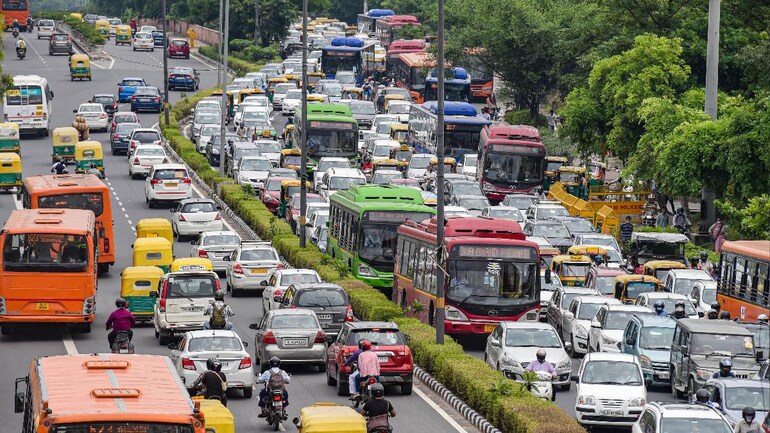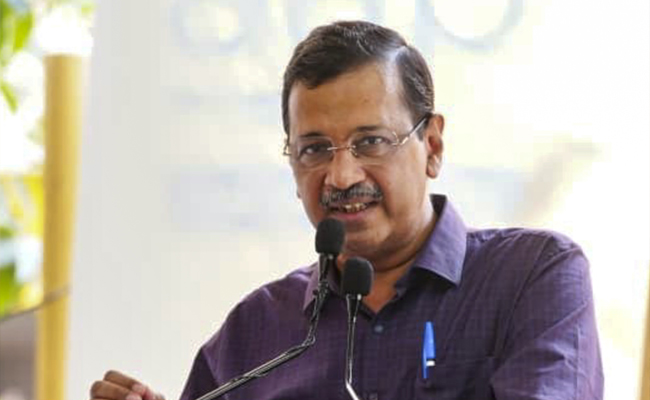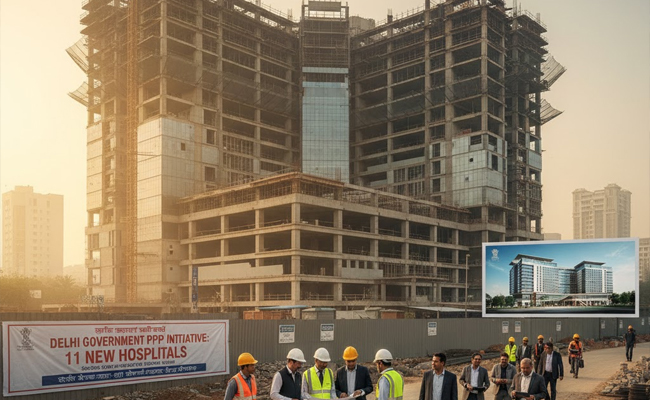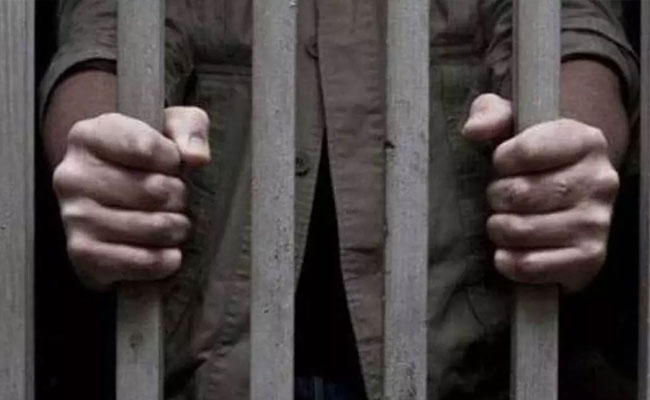New Delhi, Aug 4: The country has more than 21 crore two-wheelers and over 7 crore four-wheelers and above category of vehicles registered, Parliament was informed on Thursday.
In a written reply to the Lok Sabha, Road Transport and Highways minister Nitin Gadkari said out of the total vehicles, 5,44,643 are electric two-wheelers while 54,252 are electric four-wheelers and above, as per the centralised data base -- VAHAN -- as on August 3, 2022.
Data further revealed that there were 2,95,245 two-wheelers and 18,47,539 four-wheeler and above category of vehicles with fuel types of CNG, ethanol, fuel cell hydrogen, LNG, LPG, solar, methanol etc.
Replying to a separate question, he said the Ministry of Road Transport and Highways (MoRTH) is primarily responsible for development and maintenance of National Highways. National Highways are generally maintained in traffic-worthy condition.
During the rainy season, damages sometimes occur to National Highways in few places due to flooding, landslides, heavy downpour etc. But the restoration works are promptly carried out and traffic restored to normal, he added.
The minister noted that development and upgradation of National Highways is a continuous process.
He said MoRTH has been taking up projects such as the construction of expressways, capacity upgradation of existing National Highways, rehabilitation and reconstruction of existing pavements, rehabilitation and reconstruction of existing bridges and structures and construction of Road Over Bridges (RoBs) on existing National Highways depending upon traffic demand.
Let the Truth be known. If you read VB and like VB, please be a VB Supporter and Help us deliver the Truth to one and all.
Panaji (PTI): As part of a crackdown against tourist establishments violating laws and safety norms in the aftermath of the Arpora fire tragedy, Goa authorities on Saturday sealed a renowned club at Vagator and revoked the fire department NOC of another club.
Cafe CO2 Goa, located on a cliff overlooking the Arabian Sea at Vagator beach in North Goa, was sealed. The move came two days after Goya Club, also in Vagator, was shut down for alleged violations of rules.
Elsewhere, campaigning for local body polls, AAP leader Arvind Kejriwal said the fire incident at Birch by Romeo Lane nightclub at Arpora, which claimed 25 lives on December 6, happened because the BJP government in the state was corrupt.
An inspection of Cafe CO2 Goa by a state government-appointed team revealed that the establishment, with a seating capacity of 250, did not possess a no-objection certificate (NOC) of the Fire and Emergency Services Department. The club, which sits atop Ozrant Cliff, also did not have structural stability, the team found.
The Fire and Emergency Services on Saturday also revoked the NOC issued to Diaz Pool Club and Bar at Anjuna as the fire extinguishers installed in the establishment were found to be inadequate, said divisional fire officer Shripad Gawas.
A notice was issued to Nitin Wadhwa, the partner of the club, he said in the order.
Campaigning at Chimbel village near Panaji in support of his party's Zilla Panchayat election candidate, Aam Aadmi Party leader Kejriwal said the nightclub fire at Arpora happened because of the "corruption of the Pramod Sawant-led state government."
"Why this fire incident happened? I read in the newspapers that the nightclub had no occupancy certificate, no building licence, no excise licence, no construction licence or trade licence. The entire club was illegal but still it was going on," he said.
"How could it go on? Couldn't Pramod Sawant or anyone else see it? I was told that hafta (bribe) was being paid," the former Delhi chief minister said.
A person can not work without bribing officials in the coastal state, Kejriwal said, alleging that officers, MLAs and even ministers are accepting bribes.





